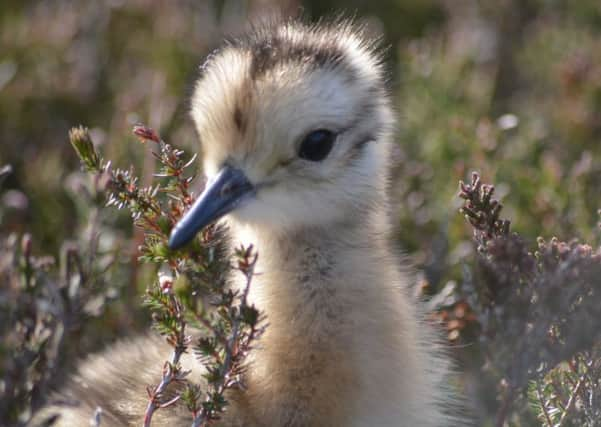Estates report '˜healthy' numbers of curlew on grouse moors


The UK is home to more than a quarter of the global population of breeding curlew, the largest wading bird in Europe.
But numbers have crashed in recent decades, falling by 43 per cent since the mid-1990s.
Advertisement
Hide AdAdvertisement
Hide AdThe decline has sparked fears that the iconic wader is on the verge of disappearing, with experts last year adding it to the red list of species of highest conservation concern.
Latest estimates suggest there are around 68,000 breeding pairs left in the UK.
Now estate workers are reporting a “healthy” number of sightings on Scottish sport shooting moors.
They claim “conscious” moorland management techniques and favourable weather conditions have both played a part in the recent breeding success.
Methods have included muirburn, where old heather is cleared to encourage younger plant growth, and active control of predators.
Leslie George, head gamekeeper at Candacraig Estates in Aberdeenshire, said: “Our dedicated team of keepers have worked tirelessly over the past 15 years to make improvements to the moorland, and as such we have spotted around 60 pairs of curlew on Candacraig this season.
“There is also evidence of a high number of returning breeding pairs, after wader migration, who have shown success at raising their young in the optimum moorland habitat.
“This has been created over the years as a result of muirburn and carefully planned predator control.”
Advertisement
Hide AdAdvertisement
Hide AdThe declines in curlews and other upland bird species have been blamed on loss of habitats, caused by intensifying farming methods, climate change and predation.
The latest counts suggest 314 pairs of curlew have nested across estates in the Grampian Moorland Group this year.
Approximately 106 pairs were counted on two estates in Angus and 77 pairs on three beats in Tayside. A spot count across Loch Ness and Tomatin found 149 individual birds.